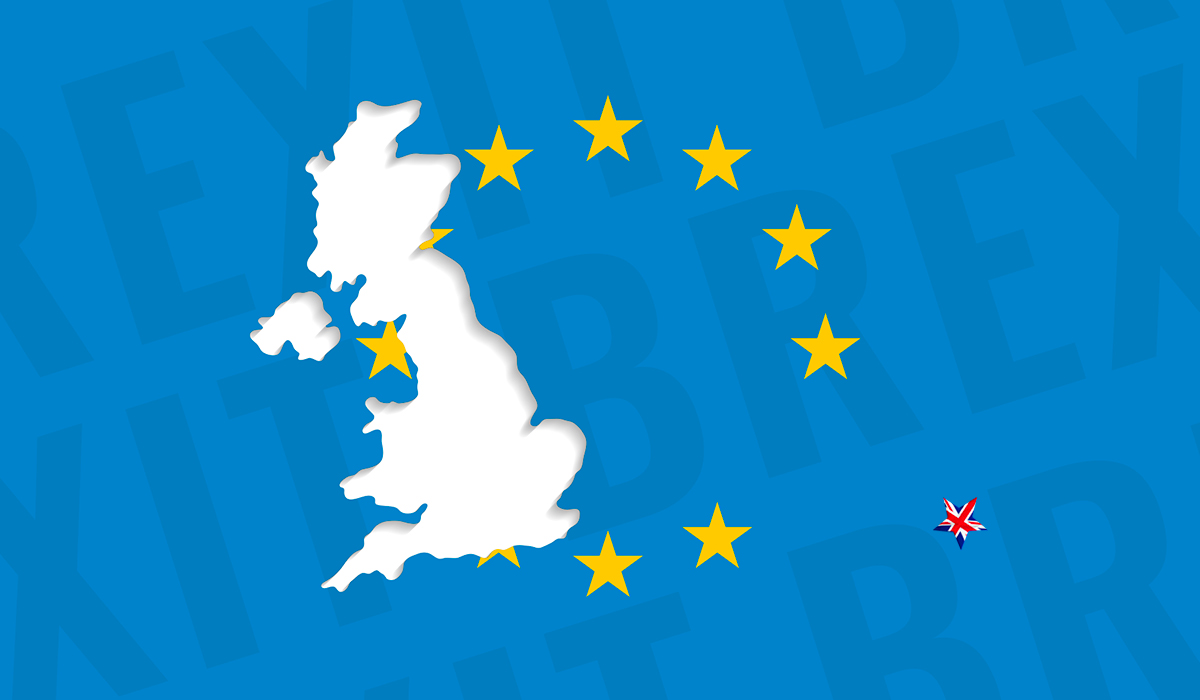Brexit and Intellectual Property, more certainty since 19th March
The decision of the United Kingdom to leave the European Union (so-called Brexit) has generated a climate of uncertainty and has roused concern in the area of Intellectual Property, as well as in the political and economic areas.
European Union trademarks, registered and unregistered Community designs, Community plant variety rights, the various types of geographical indications, all registered on the basis of EU Regulations (Intellectual Property rights with a unitary character within the Union), will no longer be effective in the territory of the United Kingdom as of the withdrawal date. This was confirmed on 20th September 2017 by the European Commission in the Position Paper on Intellectual property rights (including geographical indications) and, subsequently in the Notice to stakeholders on EU trade marks and Community designs dated 22nd January 2018.
The Agreement
Until a few weeks ago, holders of Intellectual Property rights of a unitary character could only hope that the negotiations of an agreement between the European Union and the United Kingdom would ensure the maintenance throughout British territory of the rights acquired at Union level, even after Brexit. This hope was acknowledged both by the European Commission and by the United Kingdom as they did not neglect to cover this issue in their draft Agreement. At the end of the recent round of negotiations, which took place between 16th and 19th March, the two institutions announced that they had come to an agreement on much of the Draft Agreement (published on 19th March 2018 with the contents already approved at negotiators’ level highlighted in green) including part of the Title concerning Intellectual Property.
In summary, the agreement reached concerning Intellectual Property rights confirms, on the one hand, the termination of the effectiveness of EU trade marks, Community designs, Community plant variety rights and geographical indications on British territory starting from Brexit and, on the other hand, the preservation of the protection of these rights in the United Kingdom through a conversion process thereof into equivalent national rights.
When and How
It is to be underlined that this transition will presumably take place as of 2021, considering that the parties have scheduled a transition period – from 29th March 2019 to December 2020 – during which the United Kingdom will remain a member of the EU.
How this process will be implemented is already established in part in the Draft Agreement which sets out some key points, but until the United Kingdom takes an official position it is not clear how, in practice, the conversion process will be regulated at national level.
For the moment, the agreed contents are as follows:
- EU trade marks, Community designs and plant variety rights registered or granted before the end of the transition period shall continue to be protected in the United Kingdom by an equivalent right without any re-examination;
- Trade marks and designs registered in the United Kingdom deriving from the aforesaid conversion shall have as their first renewal date the renewal date of the original right registered in the European Union;
- Trade marks, designs and plant variety rights converted into national rights shall enjoy the same date of filing and date of priority as the original right registered in the European Union. Further, trademarks shall preserve the Union seniority date, if claimed in relation to a trade mark registered in the United Kingdom;
- The term of protection shall be at least equal to the remaining period of protection under Union law of the corresponding design or plant variety right;
- Converted national trade marks shall not be liable to revocation on the ground that the corresponding EU trade mark had not been put into genuine use in the territory of the United Kingdom before the end of the transition period;
- If an EU trademark or Community design is declared invalid or revoked, as the result of an administrative or judicial procedure which was ongoing on the last day of the transition period, the corresponding right in the United Kingdom shall also be declared invalid or revoked, with effect from the same date;
- EU trademarks and Community designs filed before the end of the transition period shall benefit from a priority right in the United Kingdom for a period of 9 months from the end of the transition period. For Community plant variety rights the period is 6 months. During this period, applications can be filed in the United Kingdom that will have the same filing, priority and seniority dates as the EU/Community right;
- Likewise, the rights over an unregistered Community design, that arose before the exit, shall also become valid rights in the United Kingdom;
- Rights conferred by an intellectual property right which were exhausted both in the Union and in the United Kingdom before Brexit shall remain exhausted both both in the 27 EU Member States and in the United Kingdom also after its exit;
- The same principles listed above shall apply to registrations of international trade marks, according to the Madrid system, and to international designs, according to the Hague Agreement, if they are extended to the European Union;
- The holder in the United Kingdom of an intellectual property right on a database which arose according to the Directive 96/9/EC before the end of the transition period, shall maintain an equivalent right in the United Kingdom, provided that the holder of that right continues to comply with the requirements of that Directive. The term of protection of that right shall be at least equal to the remaining period of protection established by the Directive.
Still under discussion
It is still being discussed whether the conversion of EU trademarks and Community designs into a national right in the United Kingdom will be free of charge and whether it will not be necessary for the holders of such rights to file a specific conversion application or start an administrative procedure in order to obtain conversion, as proposed by the European Union. No agreement has been reached by the parties as yet in relation to Geographical Indications either. In fact, although it is included in the Draft Agreement, this section has not yet been highlighted.
Certainties and Uncertainties
The parties involved who had displayed concern over the effects of Brexit on the EU Intellectual Property system, since the moment of the decision by the United Kingdom to leave the European Union, have now obtained some answers and have slightly more certainty. If nothing else, they now have confirmation that the EU is working to ensure that the exit of the United Kingdom does not jeopardise the Intellectual Property rights acquired and that a sort of continuity is guaranteed between the current protection system and what it will be as of 2021.
However, given that the total number of applications received by EUIPO in the last 10 years is slightly less than 2 million for EU trademarks, and over 1 million for Community designs, the total number of IP rights to be examined and converted into equivalent national rights will be extremely high. It is therefore possible that the processing times for conversion will be very lengthy.
Conclusions
Considering the current uncertainties, for companies or interested parties to have protection for their trademarks, designs or plant variety rights also within British territory, it may be useful and appropriate, although not strictly necessary, for the moment,
- Not to forfeit any national registrations granted and still effective in the United Kingdom;
- To file in the United Kingdom national applications for trademarks, designs or plant variety rights at this stage in order to obtain national registrations that are “ready to use” if necessary.
For more information on this subject and for any assistance you can contact one of the offices of our firm.
Maria Teresa Saguatti
© Studio Torta (All rights reserved)




